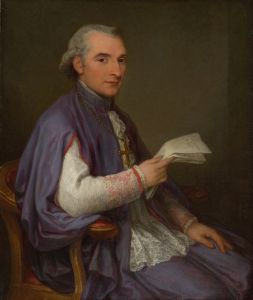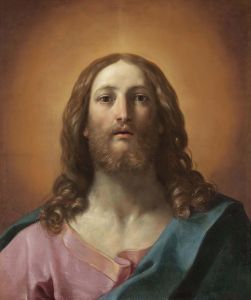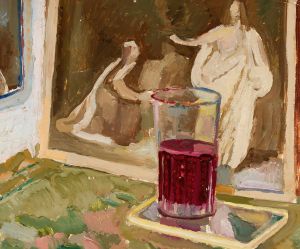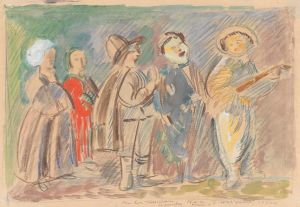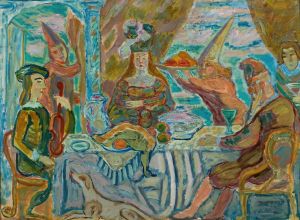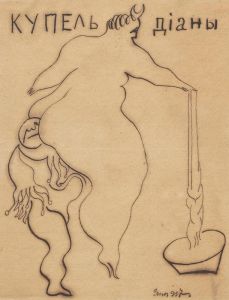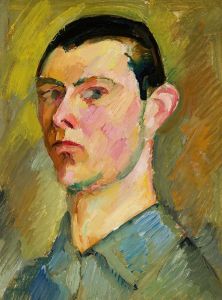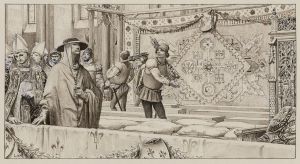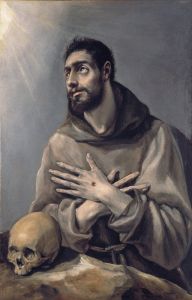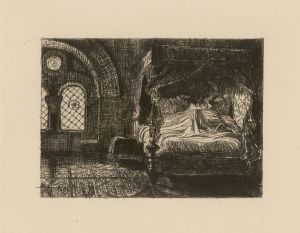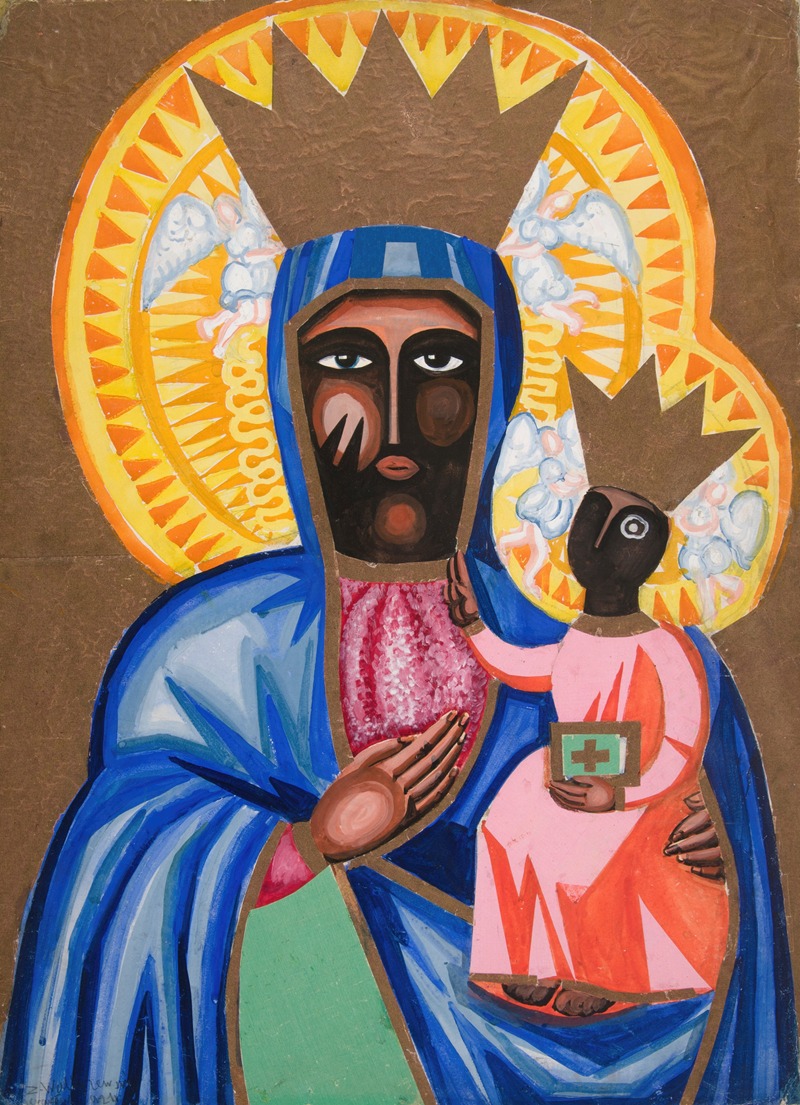
Matka Boska Częstochowska
A hand-painted replica of Zygmunt Waliszewski’s masterpiece Matka Boska Częstochowska, meticulously crafted by professional artists to capture the true essence of the original. Each piece is created with museum-quality canvas and rare mineral pigments, carefully painted by experienced artists with delicate brushstrokes and rich, layered colors to perfectly recreate the texture of the original artwork. Unlike machine-printed reproductions, this hand-painted version brings the painting to life, infused with the artist’s emotions and skill in every stroke. Whether for personal collection or home decoration, it instantly elevates the artistic atmosphere of any space.
Zygmunt Waliszewski was a prominent Polish painter, known for his contributions to the interwar period art scene in Poland. He was born on October 1, 1897, in Saint Petersburg, Russia, and later moved to Poland, where he became an influential figure in the development of modern Polish art. Waliszewski's work is characterized by its vibrant colors, dynamic compositions, and a blend of traditional and modern artistic influences.
One of Waliszewski's notable works is "Matka Boska Częstochowska," which translates to "Our Lady of Częstochowa." This painting is a representation of the Black Madonna of Częstochowa, a revered icon of the Virgin Mary housed at the Jasna Góra Monastery in Częstochowa, Poland. The Black Madonna is an important religious and cultural symbol in Poland, believed to have miraculous powers and a rich history dating back to the Middle Ages.
Waliszewski's interpretation of the Black Madonna reflects his unique artistic style, which often incorporated elements of post-impressionism and expressionism. His use of bold colors and expressive brushwork brings a modern sensibility to this traditional religious subject. While the original icon is known for its somber and sacred aura, Waliszewski's version may present a more dynamic and personal interpretation, highlighting the emotional and spiritual connection that many Poles feel towards this iconic image.
The painting "Matka Boska Częstochowska" by Waliszewski is an example of how Polish artists of the early 20th century engaged with national and religious themes, reinterpreting them through the lens of contemporary art movements. This approach was part of a broader trend among Polish artists of the time, who sought to create a distinct national art that was both modern and deeply rooted in Polish culture and history.
Waliszewski was a member of the influential art group "Rytm," which was established in 1922. The group aimed to promote modern art in Poland and was known for its emphasis on rhythm and harmony in art, drawing inspiration from both Polish folk traditions and international modernist movements. Through his involvement with Rytm, Waliszewski was part of a vibrant artistic community that played a crucial role in shaping the direction of Polish art during the interwar period.
Throughout his career, Waliszewski's work was exhibited in numerous exhibitions in Poland and abroad, gaining recognition for its innovative approach and emotional depth. His contributions to Polish art were cut short by his untimely death on October 5, 1936, in Kraków, Poland. Despite his relatively short career, Waliszewski left a lasting impact on the Polish art scene, and his works continue to be celebrated for their unique blend of tradition and modernity.
In summary, Zygmunt Waliszewski's "Matka Boska Częstochowska" is a significant work that exemplifies the artist's ability to reinterpret traditional Polish themes through a modern artistic lens. His vibrant and expressive style, combined with his deep connection to Polish cultural and religious heritage, makes this painting an important part of Poland's artistic legacy.






